MDMA Powder
€200.00 – €2,600.00Price range: €200.00 through €2,600.00
Buy MDMA Powder Europe | Ecstasy, Molly, or Mand For sale Europe
Buy MDMA Powder Europe , Purchase MDMA powder online Europe , Order MDMA powder EU ,MDMA powder for sale Europe ,MDMA crystal powder buy Europe
What is MDMA?
MDMA stands for 3,4-methylenedioxymethamphetamine, a synthetic psychoactive drug that alters mood and perception. It is chemically similar to both stimulants and hallucinogens, producing effects such as increased energy, emotional warmth, empathy, and distorted sensory and time perception.
MDMA is most commonly known by its street names such as Ecstasy, Molly, or Mand. While Ecstasy often comes in pill form, MDMA powder (often called “Molly” in the U.S. and “Mand” in some European circles) refers to the crystalline or powdered form of the pure substance, though its purity can vary significantly.
Historical Background | Purchase Mdma powder online
MDMA was first synthesized in 1912 by the German pharmaceutical company Merck, originally intended for use in chemical development. It was largely forgotten until the 1970s, when Alexander Shulgin, a chemist and psychopharmacologist, re-synthesized MDMA and promoted its potential for psychotherapy.
By the early 1980s, MDMA had gained popularity as a recreational drug due to its euphoric and empathetic effects. In 1985, the U.S. Drug Enforcement Administration (DEA) placed MDMA in Schedule I of the Controlled Substances Act, designating it as a drug with “no currently accepted medical use and a high potential for abuse.”
Forms and Consumption of MDMA Powder | Purchase MDMA Powder
MDMA powder is usually found as a white or off-white crystalline substance. It is often sold in gel capsules, small baggies, or even loose powder. The most common methods of consumption include:
-
Oral ingestion: MDMA is swallowed, either directly as powder or inside a capsule.
-
Sublingual absorption: Held under the tongue for faster onset.
-
Insufflation: Snorting the powder, although this may cause nasal irritation.
-
Parachuting: Wrapping the powder in a small piece of tissue and swallowing it to mask the taste.
Pharmacology: How MDMA Works | Where to Order MDMA Powder
MDMA primarily affects three major neurotransmitters in the brain:
-
Serotonin – massively released, resulting in elevated mood, empathy, and emotional openness.
-
Dopamine – contributes to feelings of pleasure and reward.
-
Norepinephrine – increases heart rate and blood pressure.
The flood of serotonin is largely responsible for MDMA’s signature effects but also leads to depletion in the days following use, which can cause low mood or “comedowns.”
The onset of effects typically begins 30–60 minutes after ingestion, peaking around 1.5 to 3 hours, with a total duration of 4–6 hours.
-
-
Short-Term Effects
Users often report the following acute effects:
-
Heightened sensations (sound, color, touch)
-
Emotional warmth and empathy
-
Increased sociability
-
Euphoria
-
Enhanced appreciation of music
-
Reduced fear and anxiety
Physical symptoms may include:
-
Increased heart rate
-
Jaw clenching or teeth grinding (bruxism)
-
Dilated pupils
-
Nausea
-
Sweating or chills
-
Loss of appetite
Long-Term and Adverse Effects
Chronic or heavy use of MDMA has been associated with:
-
Neurotoxicity: Damage to serotonin neurons in the brain.
-
Cognitive decline: Memory, attention, and problem-solving abilities may be impaired.
-
Depression and anxiety: Due to long-term changes in brain chemistry.
-
Addiction potential: Though less addictive than some drugs, psychological dependence can occur.
-
Sleep disturbances: Both short- and long-term.
-
-
| QUANTITY | 5g, 10g, 25g, 100g, 500g |
|---|
Be the first to review “MDMA Powder” Cancel reply
Related products
STIMULANT
STIMULANT
STIMULANT
STIMULANT
STIMULANT
STIMULANT
STIMULANT
STIMULANT
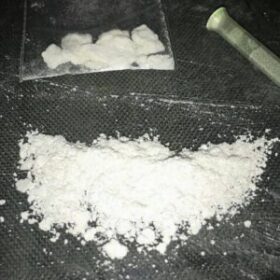
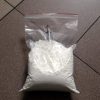
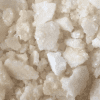

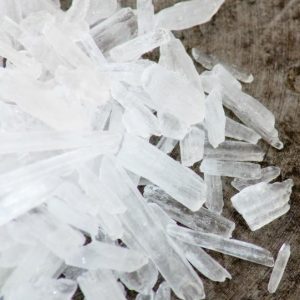

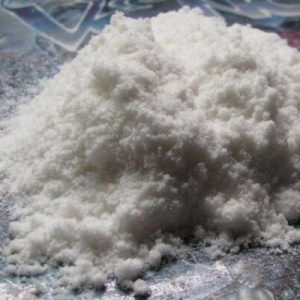
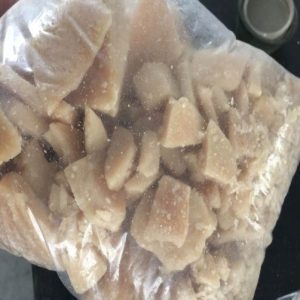
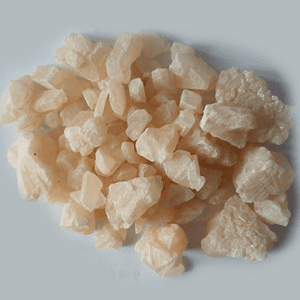
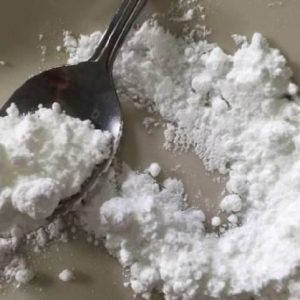
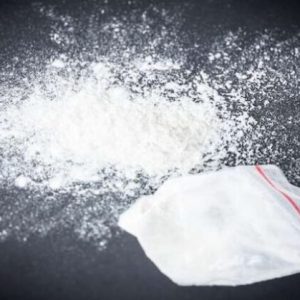
Reviews
There are no reviews yet.